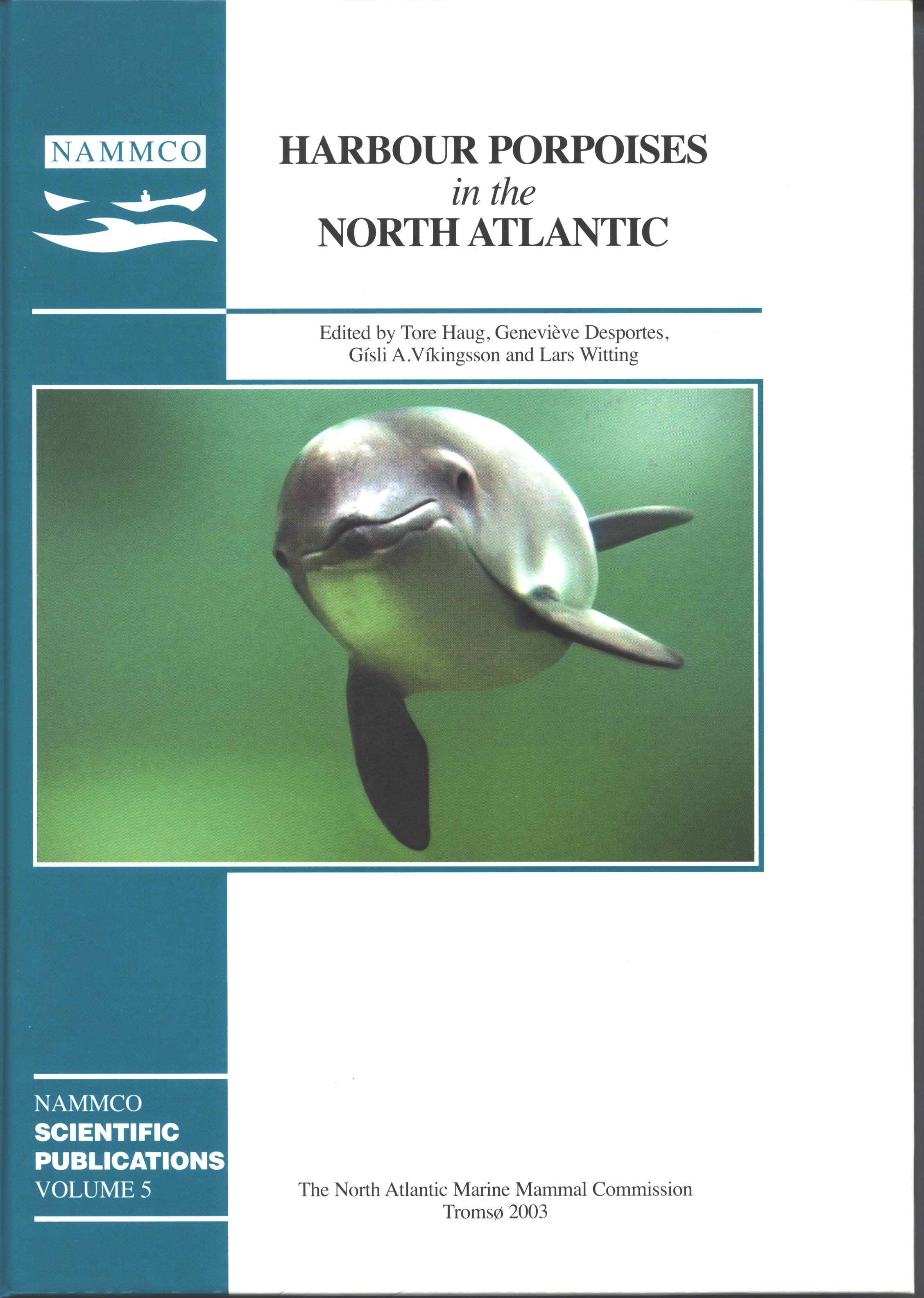Bycatch as a potential threat to harbour porpoises (Phocoena phocoena) in Polish Baltic waters
DOI:
https://doi.org/10.7557/3.2831Keywords:
harbour porpoise, bycatch, PolandAbstract
Sixty-two verified reports obtained in the years 1990-1999 on the bycatch, strandings and sightings of harbour porpoises in the Polish Baltic were analysed in this study. In relative terms the highest number of reports (22) was noted in Puck Bay. Forty-five (72.6%) reports referred to specimens from bycatch, 10 (16.1%) were individuals observed at sea, and 7 (11.3%) were stranded. A large proportion (42.2%) of the bycatch occurred in the fishing grounds of Puck Bay. Forty carcasses
of harbour porpoises were obtained for further analysis. Most of the bycatch took place from December to April with a maximum in March. In the rest of the year there were 1 to 3 bycaught animals reported per month with no cases of bycatch in June. Taking into account data on fishing effort collected for the study area it appears that by far the greatest threat to harbour porpoises is posed by nets used for salmonids. Among all the bycaught animals, most (40.0%) perished in salmon semi-drift nets. A considerable number of the harbour porpoises perished in
bottom set nets for cod (33.3%) while only a single bycatch event was reported from herring trawl nets. To assess the danger from different fishing gear and to determine the areas where the threats are the highest, direct observation of the fisheries was conducted. In the course of boat inspections various types of fishing gear were identified and geographical positions of 1,069 nets were marked. The majority (92%) consisted of semi-drift nets for sea trout and salmon. Relatively low
rates of bycatch were reported from bottom set nets, which had a density over 20 times less than that of surface salmon nets in the area in the autumn months. The density and distribution of both types of nets in the surveyed area was comparable during autumn and winter, when the majority of bycaught animals in bottom set nets were reported.





